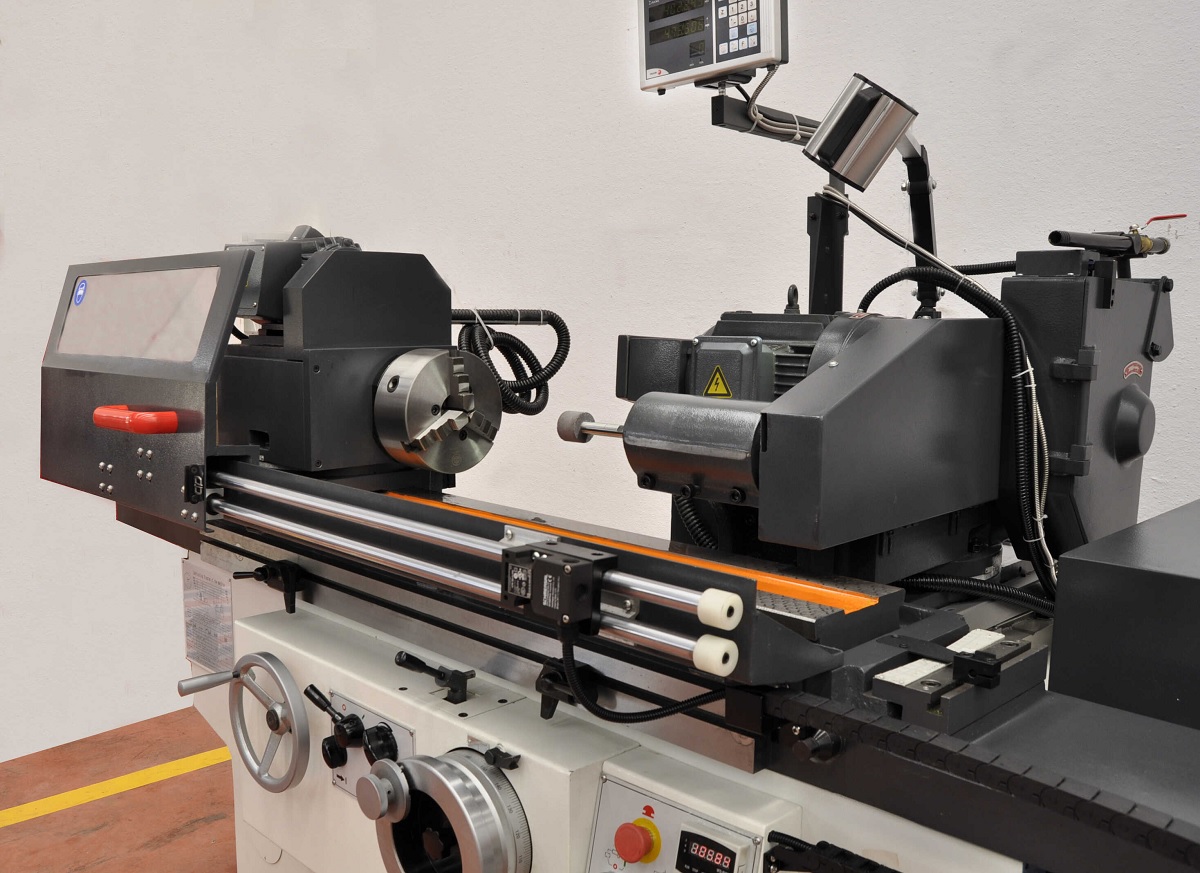

To work different materials such as metal, iron alloys, wood and some plastics, specific machining machines are used. These are known as machine tools and are used to shape these solid pieces. Some of their characteristics are that they are stationary, of large dimensions and that they can do three types of machining.
What are the machining types?
In the metalworking industry there are three types of parts machining: with chip removal, without chip removal and by abrasion. The first type consists of the removal of excess material from the surface of a piece in small particles called chips; This type of machining can be done by machines such as lathes</ strong> and milling machines.
Machining machines without chip removal are those that carry out other types of procedures to shape the parts. An example is the press in its different variants. The presses are used to deform metal plates called plates, but they do not remove chips. Electrosion machines, those that use laser cutting, those that cut by plasma, etc., can also be considered without chip removal. p>
Lastly, abrasion machining is a type of work in which the part is abraded using an abrasive wheel. The grinding wheel is made up of abrasive grains that use a binder and abrade the surface of the piece. The machines that carry out these operations are the grinders.
What are machining machines?
Machining machines or machine tools are characterized by using an energy source other than human action, although many machines also require the intervention of operators when not there is another power source. And it is that the invention of this type of machines is very old, in fact, the first lathe is believed to have been invented in the Ancient Age. Subsequently, the lathe as we know it today was created around 1751, and included a adjustable cutting tool by mechanical means.
However, the great leap in the technology of these machines occurred during theIndustrial Revolution, when the steam engine was invented. It was from this machine revolution that the milling machine became popular and became, along with the lathe, one of the most used pieces of equipment in workshops.
This type of machine, on the other hand, can work through handwheels of gears and levers, but also by automatic control and computerized. Precisely, computerized numerical control was invented in the 1960s, when computers were added to machines to speed up processes. This type of equipment has the most sophisticated technology and allows to improve production, reduce delivery times and labor. In addition, thanks to them you can create pieces with much more complex designs.
Interestingly, machining machines are called mother machines, since they are capable of creating other machines, including their own creation. On the other hand, they can manufacture parts of different sizes that are used in different industries; from a screw to the fuselage of an airplane.
Types of machines
Machining machines can be classified into three different types, regardless of the type of machining they perform. These can be roughing (carry out chip removal), presses (generate parts by deformation) and special. The latter use different techniques for machining such as laser cutting, plasma or EDM.
The main roughing machines, which are also called conventional, are:
- Lathe: works pieces of revolution that rotate attached to a plate, while the cutting tool approaches its surface, removing chips. They are used for machining cylindrical and conical shapes. They can also drill if a drill bit is attached.
- Milling machine: uses a multi-edged cutting tool called a milling cutter. The head of the machine remains stationary, while the part approaches it to remove the material.
- Drill: they are used to drill holes, turning a tool (the bit).
- Grinding machines or polishers: they use a disk or abrasive wheel that abrades the surface of the piece to improve its finish.
For its part, it is possible to find different types of presses, such as mechanical and hydraulic, and they are used to generate deformation processes. To do this, the piece is placed on a matrix under a punch which, when activated, is stamped against the piece to produce its deformation beyond the elastic limits.< /p>
The non-conventional and special machining machines are:
- Electro-erosion machine: it uses electrical sparks, which are the ones that melt the particles of the material. They can be of electrodes and of thread (conductive thread). The pieces are placed on a non-conductive liquid.
- Plasma arc: uses a gas jet at high temperatures and great pressure to cut the material.
- Laser: laser machining allows cutting surfaces by volatilizing the material at high temperatures.
- Ultrasonic: uses vibrations at ultrasonic speeds and uses abrasive materials and water for friction machining.


